The tangled afterlife of Amy Winehouse

The release of the Amy Winehouse biopic Back to Black has brought the life and music of the late singer back into sharp focus all over again nearly 13 years after her tragic death.
The North London star died alone aged 27 on a blazingly hot day in July 2011 in the Camden Town house she had just moved into and, since her sad passing, a sense of ownership has been claimed by many people who did not even know her.
We need your consent to load this YouTube contentWe use YouTube to manage extra content that can set cookies on your device and collect data about your activity. Please review their details and accept them to load the content.Manage Preferences
The release of director Sam Taylor-Johnson’s bittersweet new film, which focuses on the singer’s tumultuous romance with her jailbird husband Blake Fielder-Civil, has already seen that rather macabre mini-industry cranking back into life all over again.
This week witnessed a slew of fresh “the Amy I knew” articles and a rehashing of the events of that grim day 13 years ago.
Review: Back to Black: is this the real Amy Winehouse at last?
This is only to be expected. Every time a star dies in tragic circumstances, speculation and rumour swirls. Only last week, we marked thirty years since the death of Nirvana frontman Kurt Cobain. And of course, certain quarters of the British press still magic up stories about the late Princess of Diana all these many years later.
Amy has long ascended to near music sainthood and it was always going to be open season on Taylor-Johnson’s movie.
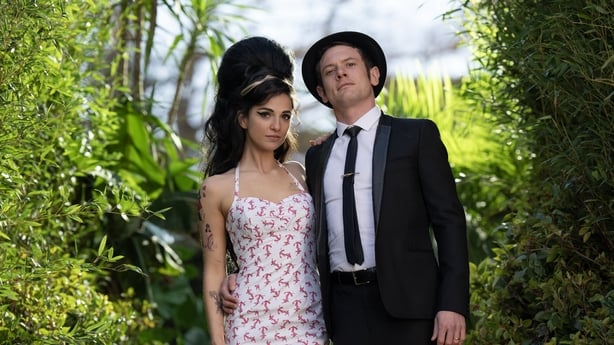
As soon as it was announced back in 2022, many people had already made up their minds. They complained about the choice of Marisa Abela as Amy (Abela is excellent, by the way) and wondered if it was too soon to be making a movie about the late singer.
Maybe they had a point because let’s face it, the humble music star biopic has not had a very good time of late following the overly squeamish Freddie Mercury biopic Bohemian Rhapsody, the recent misfiring Bob Marley film and that truly egregious David Bowie effort, Stardust.
Neither did the first trailer for Back to Black auger well – it seemed to be a mishmash of cliches of an oft-maligned genre.
Back to Black was never going to be as good or as forensic or as distressing as Asif Kapadia’s superlative 2015 film Amy but Taylor-Johnson – whose directorial debut was Nowhere Boy, a very good study of John Lennon’s pre-Beatles teenage years – had always set out to make a drama and not a documentary.
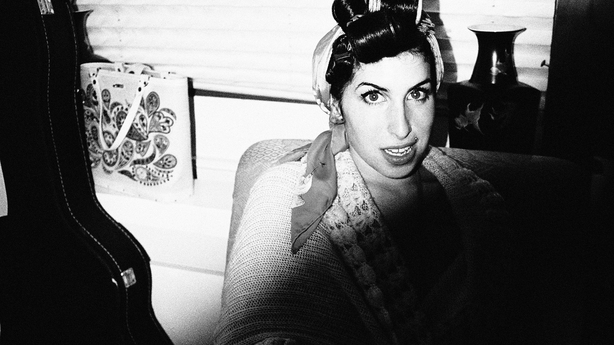
In her Director’s Statement (and yes, that is a thing), she says: “I always had a very simple and direct mission statement. I wanted to make a film from Amy’s perspective, through her eyes. The only place where her truth could be found was in her lyrics and music.”
Fine words, indeed, but the reviews of the new film have been mixed, to say the least. On the review aggregator website Rotten Tomatoes, 54% of 37 critics’ reviews were positive, with an average rating of 4.8/10 for Taylor-Johnson’s movie.
We’ll know soon enough how Back to Black has fared with the people who really matter – ticket-buying audiences – when we see the box office figures.
However, one initially sceptical cinemagoer in the UK summed it up well on Friday night when she said, “I wasn’t sure what it was going to be like, but when it started, I thought she sounds like her, talks like her and she had the look. It wasn’t perfect but you can’t expect somebody to be Amy.”
Like the aforementioned Bohemian Rhapsody (or BoRhap, as nobody with any sense ever called it), Back to Black is economical with the truth. It glosses over Amy’s eating disorder, paints a rather prosaic portrait of her drug use, and insists that her father, Mitch, was actually a flawed hero.
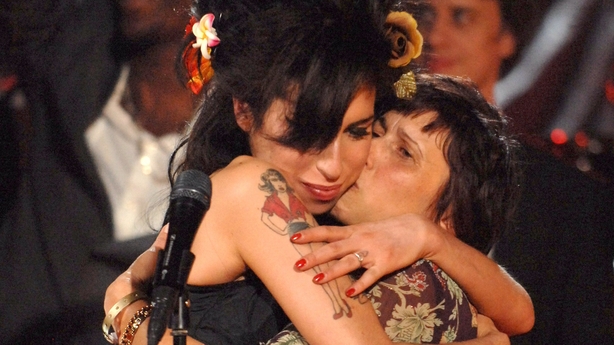
But as Taylor-Johnson says, it is all about the music and after all, Back to Black takes its title from Amy’s multi-million-selling second album from 2006.
Amy Winehouse: the soul saviour who could not save herself
Her debut album, 2003’s Frank, won an Ivor Novello award and received overwhelmingly glowing reviews but nobody – least of all Amy – could have foreseen just how huge Back to Black would become.
She entered the studio already armed with a set of torch songs inspired by her tumultuous romance with Fielder-Civil and hot new producer Mark Ronson was behind the desk. The resulting album was a turbo-boosted pop record with heightened golden-age influences mixed with hip-hop and a sassy production sheen.
Looking back, it’s easy to see and hear why it stood out. In an era when the music industry was entranced by music’s loudness war, Ronson insisted on authentic fifties analogue mics and recording equipment and it gave the record a room-filling warmth.
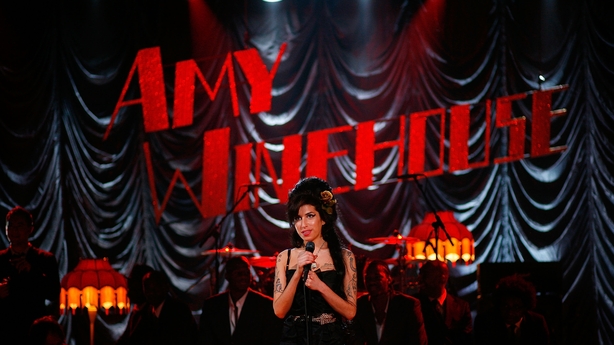
It was released in the mid-noughties choked with landfill indie bands. Meanwhile, a long-calcified Oasis were winding down to a blessed obsolescence, a pre-irony James Blunt ruled the charts with You’re Beautiful, and fresh and vital new acts like Arctic Monkeys and Franz Ferdinand were making themselves heard.
But nearly twenty years later, Back to Black still occupies a special place in many record collections. On the latest official Irish album chart published yesterday, the album leapt 26 places to No 55 and next week, after more people have seen the movie of the same name, it is likely to have another surge in sales.
Over on dastardly music streamer Spotify, Back to Black’s title track is closing in on the magic one billion listens mark. At the same time, overall, Amy still has nearly 18 million monthly listeners on the site.
Back to Black also remains a steady seller in Ireland on vinyl and according to the last available figures from 2021, it was lodged at No 12 between Nirvana’s Unplugged in New York and Evermore by Taylor Swift as the best-selling vinyl album of that year.
It seems to have a timeless quality for many people, but as we approach the 13th anniversary of her death, the “what ifs” of Amy Winehouse’s life linger on, however distasteful that may seem.
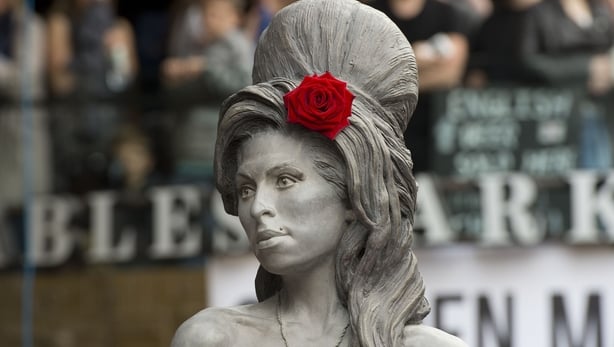
We’re going to get a bit “certain quarters of the British press” here and ask – What if Amy had lived?
In Back To Black, she talks about how she wants to settle down and be a mum and leave the music business behind her.
By the time of her death, Amy hadn’t released an album in five years and surely she was ready to enter the studio again, perhaps with a whole new sound.
This seems unlikely, but would she have done an Adele (a woman who has long credited Amy as a massive influence) and taken on a Vegas residency?
All these years later, you may well ask what is the music world missing without Amy Winehouse? Well, for a start, where have all the rebels gone? In Back to Black, we see her battling with her exasperated record company and management; “I ain’t no Spice Girl.” she says more than once.
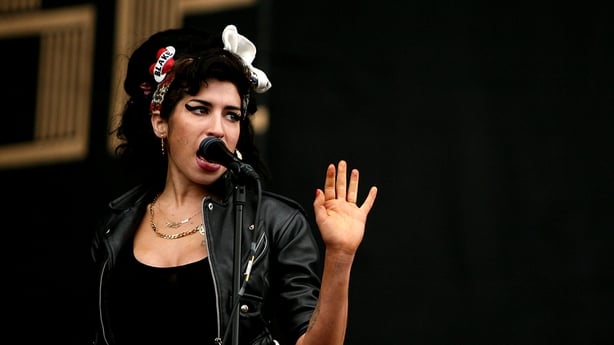
Just before she went supernova in 2006 with Back to Black, a 23-year-old Amy departed the din of Camden Town to make a bit of pilgrimage to The Church of St James in Dingle to play an intimate, no-frills set for Other Voices.
She sang for twenty minutes in front of a spellbound audience of eighty, which included her mother, Janis. Dingle turned out to be a place of sanctuary and a moment of sanity where Amy could commune with her art before the global onslaught that was to come.
Other Voices producer and broadcaster Philip King remembers that day vividly. “We picked her up from the airport in Cork and she was just a delight, full of joy and just great craic,” he says. “I asked her did she want anything and she said `just a packet of crisps.’
“There was just Amy, the bass player, Dale Davis, and the guitar player, Robin Bannerjee. The three of them arrived on a cold, wet, winter evening. Landed into Dingle, and she was wearing her drainpipe jeans and she had her beehive hairdo adding to her height.”
In Back to Black, Sam Taylor-Johnson draws a veil over that tragic day in July 2011 and instead, the film leaves Amy very much alive, clean and sober after several traumatic years.
Philp King also prefers to remember Amy that way.
“It’s like what Levon Helm said about Elvis,” he says. “In 1956, Elvis got into a limousine and rode off and it was like that with Amy when she left Dingle.
“I will always remember her in her skinny jeans, tiny and beautiful with her packet of crisps.”
Alan Corr @CorrAlan2
Back to Black is in cinemas now





